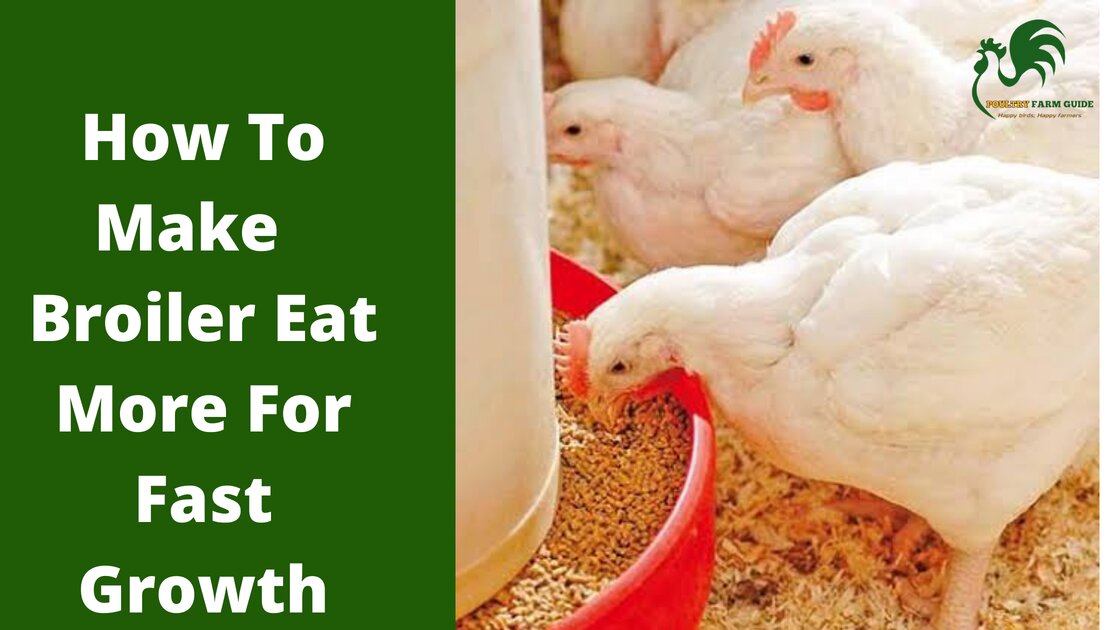how to make broiler chickens gain weight You're right...today's chickens are bigger. they're also healthier than
In today’s world, it’s no secret that the demand for chicken is on the rise. People are constantly seeking ways to get their hands on fresh and high-quality chicken meat. One important factor that comes into play when it comes to poultry farming is the expected broiler weight per week. So, how can you ensure that your broilers reach their expected weight? Let’s find out!
Understanding Broiler Weight
Broilers are chickens that are specifically bred for meat production. They grow at a rapid pace and reach their market weight in a relatively short span of time. The expected broiler weight per week serves as a benchmark for farmers to evaluate the growth rate of their chickens.
 Image Source: Guidefreak
Image Source: Guidefreak
It is crucial for broilers to achieve their expected weight per week because it directly impacts their market value and profitability for farmers. By closely monitoring their growth and implementing appropriate strategies, farmers can ensure that their broilers reach the desired weight at the right time.
Factors Influencing Broiler Weight
Several factors contribute to the overall weight gain of broilers. These factors include genetics, nutrition, housing conditions, and management practices. Let’s take a closer look at each of these aspects:
1. Genetics
 Image Source: Unknown
Image Source: Unknown
The genetics of broilers play a crucial role in determining their growth potential. Selecting breeds with a high growth rate and good feed conversion efficiency is essential. Modern broiler breeds have been genetically engineered to maximize meat production, resulting in chickens that grow bigger and faster compared to their predecessors.
2. Nutrition
Feed quality and composition play a vital role in achieving the expected broiler weights. A balanced diet containing the right amount of protein, energy, vitamins, and minerals is essential for the optimal growth of broilers. Feeding broilers with a diet that meets their nutritional requirements ensures that they have the necessary resources to support their rapid growth.
In addition to providing a well-balanced diet, farmers should also consider the feeding regime. The number of meals per day and the duration between each meal should be carefully managed to optimize feed intake and prevent wastage.
3. Housing Conditions
The housing conditions of broilers significantly impact their growth and overall well-being. A comfortable and well-ventilated environment with adequate space allows broilers to move freely and engage in natural behavior. Good ventilation ensures proper air circulation, minimizing the risk of respiratory diseases and maximizing growth potential.
Appropriate temperature control is also crucial. Broilers require a specific temperature range to optimize their growth. By monitoring and maintaining the right temperature, farmers can provide an environment that promotes healthy weight gain.
4. Management Practices
Efficient management practices are essential for achieving the expected broiler weight per week. Regular monitoring and observation of the chickens’ growth patterns, feed intake, and overall health are crucial. Early detection of any issues or diseases allows prompt intervention, minimizing the impact on weight gain.
Furthermore, maintaining proper hygiene within the broiler house is necessary. This includes regular cleaning and disinfection of the surroundings, as well as implementing biosecurity measures to prevent the introduction and spread of diseases.
By prioritizing the factors mentioned above, farmers can optimize the growth potential and overall health of their broilers, ensuring that they reach their expected weight per week.
Conclusion
Ensuring that broilers achieve their expected weight per week is crucial for the success of poultry farmers. By focusing on genetic selection, providing a balanced diet, optimizing housing conditions, and implementing efficient management practices, farmers can maximize their broilers’ growth potential.
Remember, achieving the expected broiler weight per week is not only beneficial for farmers but also for consumers. It ensures the availability of healthy and high-quality chicken meat in the market. So, let’s continue to support sustainable poultry farming practices that prioritize animal welfare and meet the demands of today’s growing population.
If you are looking for Understanding The Economics Of Feed Intake, Weight Gain And Time-Frame you’ve came to the right place. We have 5 Images about Understanding The Economics Of Feed Intake, Weight Gain And Time-Frame like 5 Ways To Feed Your Broilers For Fast Growth and weight | Poultry Farm, Expected Broiler Weight Per Week And How to Get It! - Guidefreak and also How Much Does A Broiler Chicken Weigh - Justagric. Here you go:
Understanding The Economics Of Feed Intake, Weight Gain And Time-Frame
 bnethub.comHow Much Does A Broiler Chicken Weigh - Justagric
bnethub.comHow Much Does A Broiler Chicken Weigh - Justagric
 justagric.comExpected Broiler Weight Per Week And How To Get It! - Guidefreak
justagric.comExpected Broiler Weight Per Week And How To Get It! - Guidefreak
 www.pinterest.combroiler weight feed many bag per week need expected broilers nairaland faster grow looking agriculture chicken rearing
www.pinterest.combroiler weight feed many bag per week need expected broilers nairaland faster grow looking agriculture chicken rearing
5 Ways To Feed Your Broilers For Fast Growth And Weight | Poultry Farm
 www.poultryfarmguide.comYou’re Right…today’s Chickens ARE Bigger. They’re Also Healthier Than
www.poultryfarmguide.comYou’re Right…today’s Chickens ARE Bigger. They’re Also Healthier Than
 www.pinterest.comchickens broiler meat bigger supersized chickencheck poultry demand slower
www.pinterest.comchickens broiler meat bigger supersized chickencheck poultry demand slower
How much does a broiler chicken weigh. Broiler weight feed many bag per week need expected broilers nairaland faster grow looking agriculture chicken rearing. Expected broiler weight per week and how to get it!